The Quest 2 has been on my radar for a little bit now. I’m a huge advocate for VR’s potential in the gaming medium, and for a while way back when, the Rift was one of my favourite devices.
I moved on from the Rift, partly thanks to a small living space preventing me from getting the most out of it, and figured I’d get off the VR train until it had seen some significant leaps forward. Is the Quest 2 that significant leap forward? Maybe not, but it is a hell of a lot more convenient and accessible.
How does the Quest 2 compare to Oculus Rift?
This might be a bit of an outdated comparison, but bear with me (it’s the only one I’ve got to make). I was a little bit unsure of the Quest 2 at first, mainly because I jumped headfirst into playing it without the link cable, meaning it was running on the (admittedly impressive) internal processors.
For complete newcomers to VR, this is fine. It’s going to be amazing either way. But when you’re used to what PC VR can deliver, it definitely falls a little short. Take, for example, the scaled down versions of Robo Recall and The Climb you can grab on the Quest 2. As you can see in the video below, it’s quite a leap from one to the other.
That’s not to say what Robo Recall: Unplugged achieves isn’t great, because it is! You can literally play one of the best (in my opinion) early VR games anywhere you want. I knew I personally needed more from my headset, though, and that link cable couldn’t arrive soon enough.
Just a quick tip – you don’t need to buy the rather expensive official Link Cable to connect your headset to your PC. Any USB-C cable will do! Make sure it’s long and sturdy enough to let you play safely, though. Searching “Oculus Quest 2 link cable” on Amazon will bring up much cheaper alternatives.
So, surprisingly, it wasn’t the novelty of mobile VR that rekindled my love of the medium. The biggest game changer, in comparison to the Rift, was the new tracking system. See, the original Rift tracked your position in VR by the use of external sensors. You received two as standard with the headset, but could add additional sensors to increase accuracy.
These sensors work terribly in small spaces. Especially if you don’t have the option to mount them on walls or place them on high shelves. If you’re running your VR essentially off of your computer desk, you aren’t going to have a great time unless you’re enjoying a relatively stationary experience. Games like Accounting (before they released a version with different locomotion options) were practically unplayable unless you had tons of room.

Even playing Beat Saber and Job Simulator were exercises in frustration. The Quest 2 has fixed all of my issues with VR tracking in limited space in one fell swoop. Seriously! Rather than use external sensors, the new headset tracks your position in VR by the use of four cameras on the “face”. It tracks the controllers with these cameras too. You can easily establish a “safe” zone by walking around your play area and drawing boundaries.
For ease, you can also establish stationary boundaries, something I find particularly useful. If you step out of the boundary, your headset warns you by switching to pass-through cameras, showing you the outside world instead of whatever it is you’re playing at the moment.
Another quick tip: If you go to your settings on the Quest 2, you can turn on the experimental option to activate the pass-through camera at any time with a simple double-tap on the side of the headset.
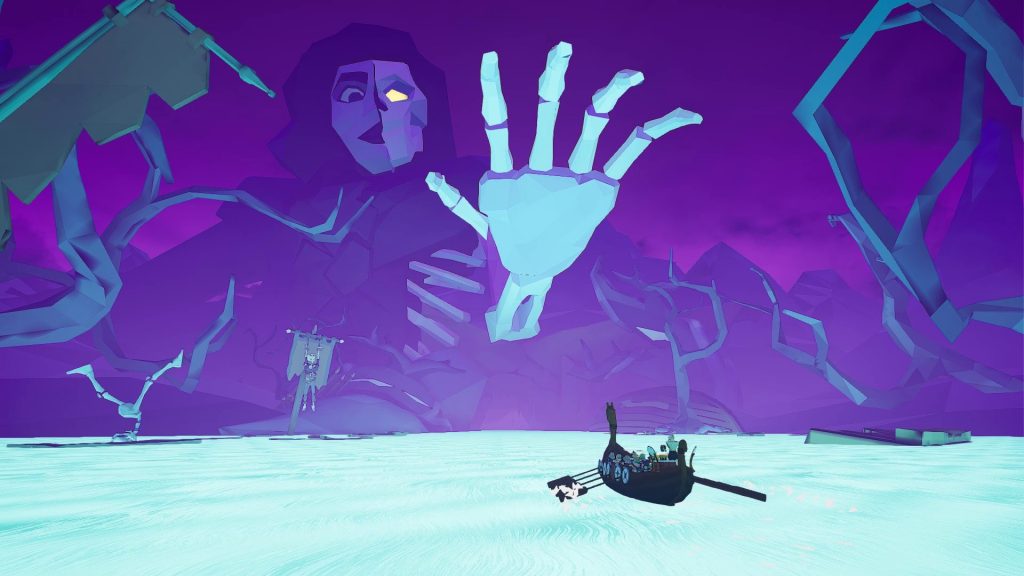
Long story short, whether you’re looking to play VR on the go or replace a Rift headset with a Quest 2, it can be a really positive move. Especially if you don’t have a lot of space to work with!
Does the Quest 2 have any downsides compared to the Rift?
There aren’t that many drawbacks in total, to be honest. The biggest point I would make is if visual fidelity is your main concern, there’s probably not that much point in making the change. Otherwise, the stock strap the headset comes with is legitimately very unpleasant. It’s elasticated and can be adjusted by manipulating two plastic clips.
Before I got the Elite Strap, playing Quest 2 games for more than maybe half an hour at once gave me headaches without fail. The headset doesn’t feel secure and it doesn’t sit evenly on the head. Upgrading to the Elite Strap is basically a necessity if you want to use your headset a lot, which means an extra £50 (or £100, if you’d like the battery pack version) investment.

I wouldn’t object to the Elite Strap purchase as much if the stock strap wasn’t so basic and unpleasant. It’s almost like hostile architecture – made to be as hard to wear as possible, so you have to spend some extra money on accessories. That being said, it is a game changer, and will completely transform your Quest 2‘s fit.
If you need to wear your glasses in VR, the Quest 2 does make an effort to accommodate you. It still feels like an incredibly tight fit though, even with the included glasses separator. If you’re using the silicon face cover, the headset will take your glasses off every time you remove it.
We’ve recently been sent a pair of custom HONSVR lenses to review, so I’ll be reporting back with how well they fix the problem when they arrive!
What should I play first on my Quest 2?
First things first – if you have a decent computer, you should absolutely build your game library via SteamVR rather than Oculus. That might seem a little odd, as obviously the Oculus store is baked into your headset – but for the best VR experience you’re going to want to use a link cable. Steam offers far more regular (and cheaper) sales, a slightly less cluttered interface, and, of course, the phenomenal Half Life: Alyx.
Of course, if you don’t have the option to do that, you’ll be limited to what’s available on the Oculus Quest’s built-in store. There’s a huge range of titles to explore now, but obviously you’ve got big names like Beat Saber available right out the gate. Another thing to be wary of though – many Quest 2 games don’t support cross-play. They essentially treat mobile VR and PC VR as two separate platforms.
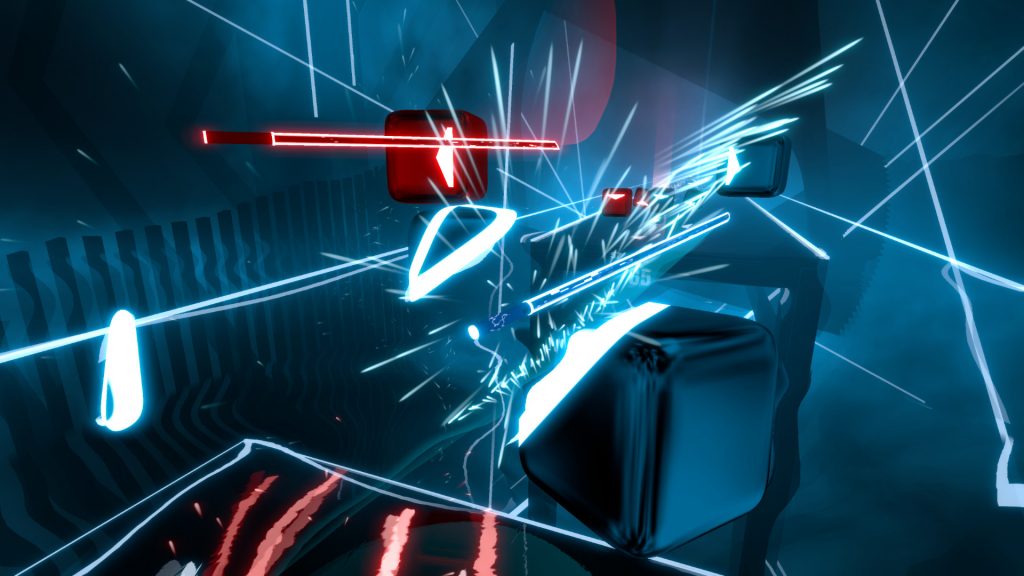
My current top picks for PC VR are as follows:
HALF LIFE: ALYX
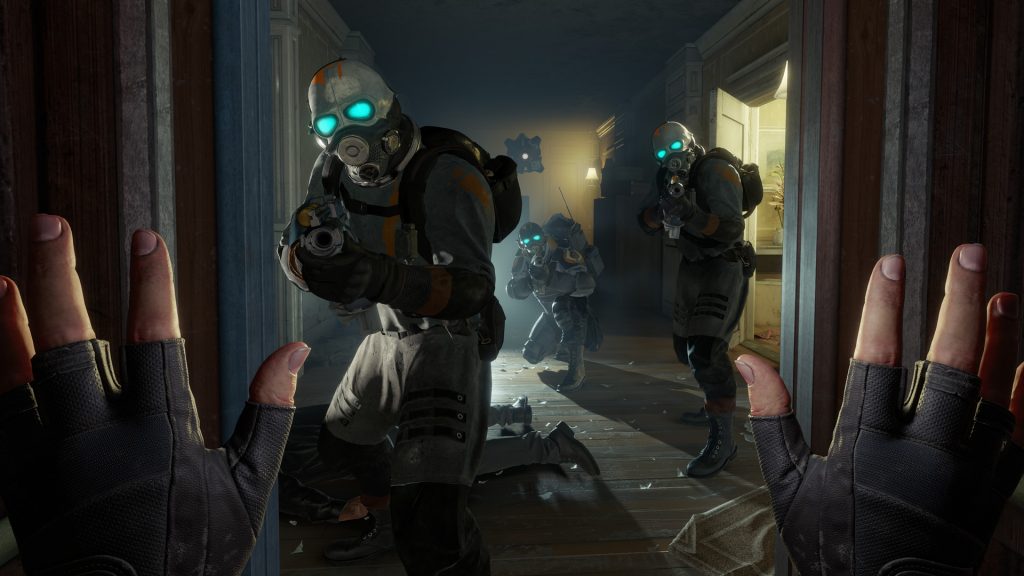
Don’t even think about this one. Just do it. It doesn’t have an equal. As an introduction to VR it might be a little bit overwhelming at times, but there really isn’t anything that comes close to Alyx‘s greatness yet. I’ll never forget the first time a headcrab jumped at me.
THE ROOM VR: A DARK MATTER
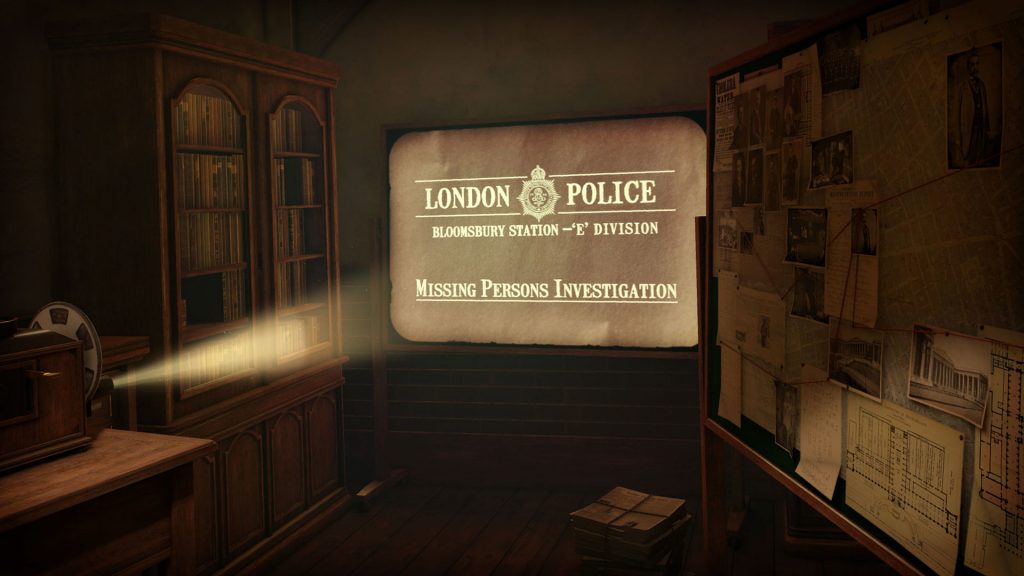
If you love puzzle games, you’re probably familiar with The Room series already. Tommy Wiseau is sadly completely absent, but The Room VR is an incredibly immersive experience that sees you slowly unpicking horror-tinged arcane mysteries in a range of environments.
RAGNAROCK
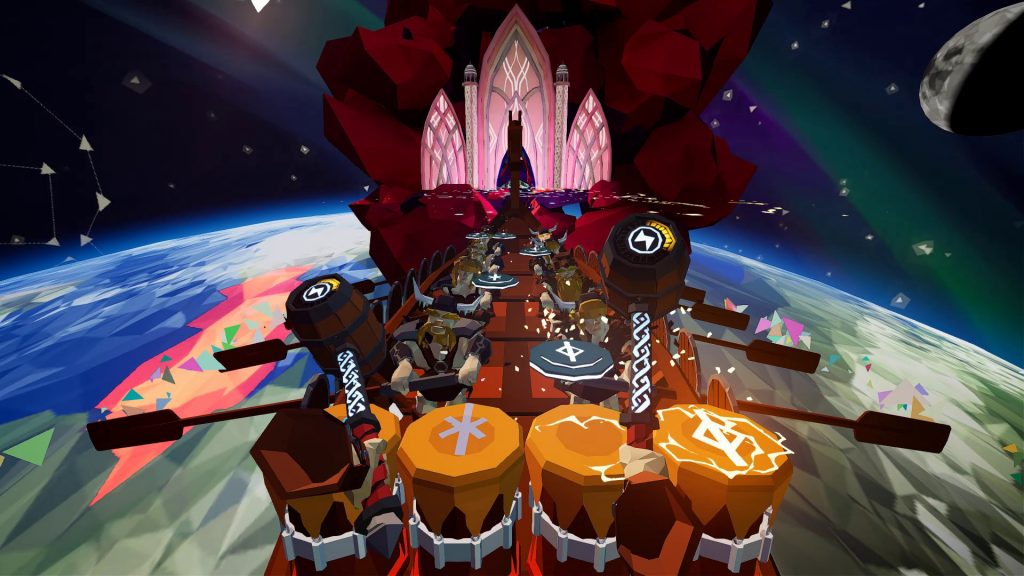
Move over, Beat Saber – this excellent rhythm game puts you at the helm of a viking longship, rowing through a series of fantastical environments. You’ll play drums alongside an immense metal playlist, which can be bolstered heavily with the addition of custom songs. If you loved Guitar Hero, you’ll probably adore Ragnarock.
So, all in all, the Oculus Quest 2 has reinvigorated my passion for the VR medium, and that’s mainly down to the tracking. It makes playing VR an absolute dream – you can basically pick it up and play whenever you like, tailoring the play area based on the space you have available. No awkward set up, no unsightly cables trailing around all the time – it can all be neatly stashed in a case until the next time you need it.
The fact that you have to invest a fair chunk of change back into it just to make it comfortable for longer play sessions is a bit of a shame. But when the headset itself is so relatively cheap (Just £299 for the 128GB model) sacrifices are obviously going to be made somewhere.
If you’re unsure about VR, it’s not going to change your mind. But if you’re looking for an easier, more streamlined solution that doesn’t break the bank, it’s well worth giving the Quest 2 a shot.
1 comment
[…] might soon don the latest VR headset to experience a race from the best seat in the house, no matter where they are in the […]